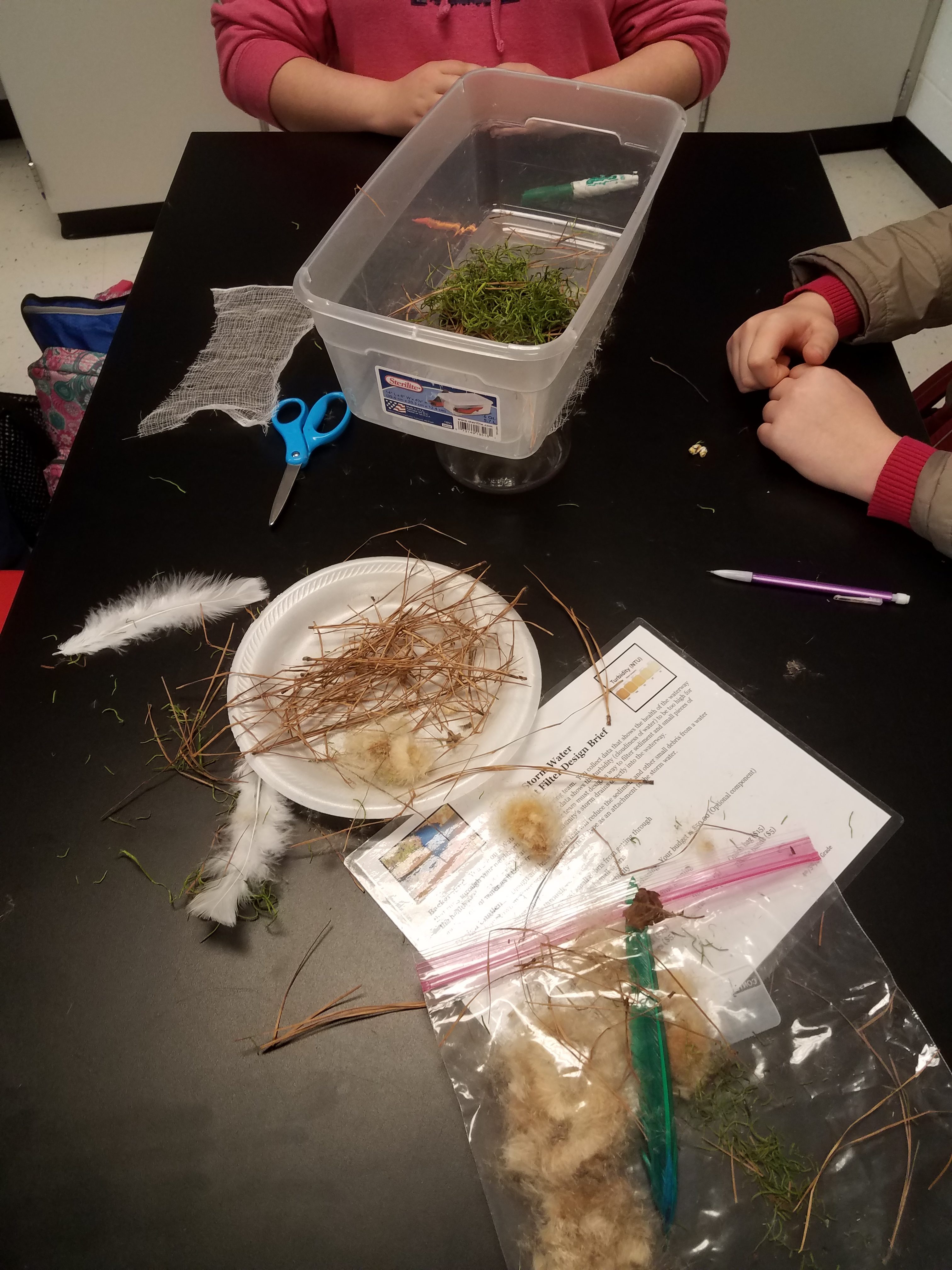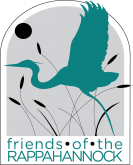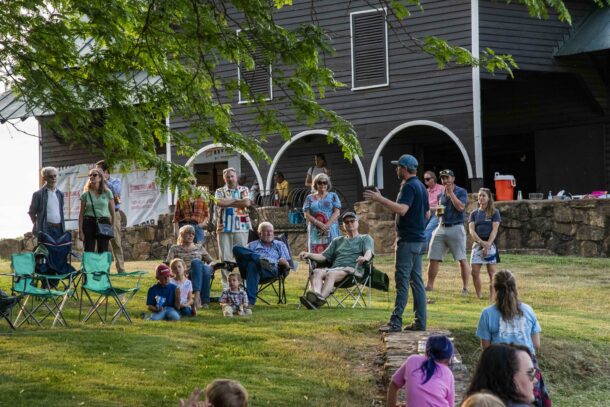 When asking students about pollutants that impact the health of the Rappahannock River, they commonly respond with “trash!” However, what they soon learn through field experiences, lessons and water quality testing, is that the smallest sediments are one of the biggest issues.
When asking students about pollutants that impact the health of the Rappahannock River, they commonly respond with “trash!” However, what they soon learn through field experiences, lessons and water quality testing, is that the smallest sediments are one of the biggest issues.
FOR has been partnering with the University of Mary Washington to develop E-STEM (Environment, Science, Technology, Engineering and Mathematics) lessons that introduce students to real-world problems that they need to solve. Through modifications to a trash filter lesson FOR’s Nancy Stalik had already created, we have developed a lesson on stormwater sediment and the need for filters within storm drains. Students in some of our tidal counties have been introduced to this lesson this winter and the creativity and impacts of the lesson have been a huge success.
Students are given a Design Brief which explains that their filter must:
• Allow water to pass through
• Keep sediment and small debris from getting through
• Not be clogged by the sediment and small debris
• Significantly reduce the water sample turbidity
• Be able to be replaced when needed
Students are given a storm drain set up of a bin with a hole cut out that drains into a container which represents the river. Then, students are given a bag of supplies including parts of cattails, moss, pine needs and feathers with which they can create their filter. They also are given the options of a piece of screen, onion bag or cheesecloth, plus a rubber band. With our Pasco turbidity probe ware, students test the “dirty water” before filtering and again after filtering.
Students have created some of the most brilliant ideas and methods for filtering out sediment before it reaches the river! We are very excited about this new lesson and the possibilities that this has for the future.
For more information about FOR’s E-STEM lessons please contact Nancy Stalik, [email protected].

